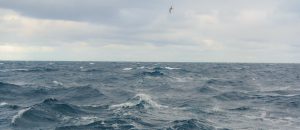
Recap of the first meeting of my new course “Teaching for Sustainability”
Yesterday was the first meeting of this spring’s installment of my “teaching for sustainability” course and it is so inspiring and energizing to meet so many motivated and engaged teachers!…

